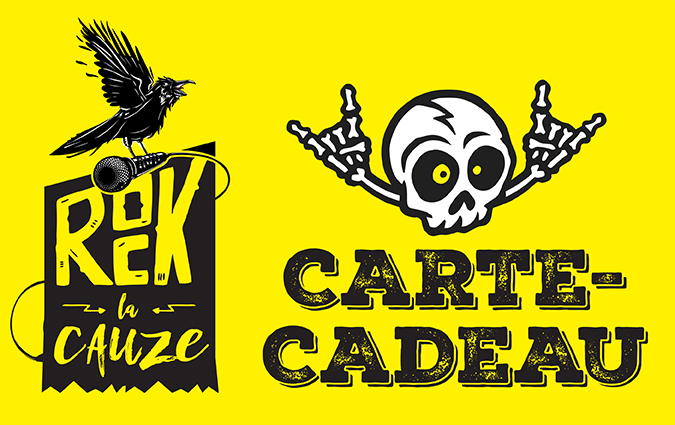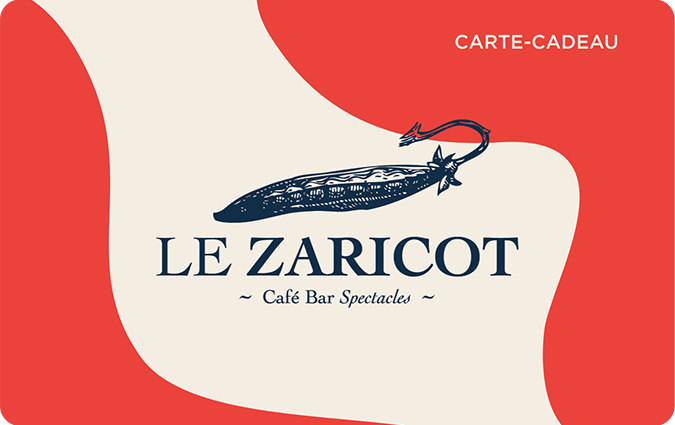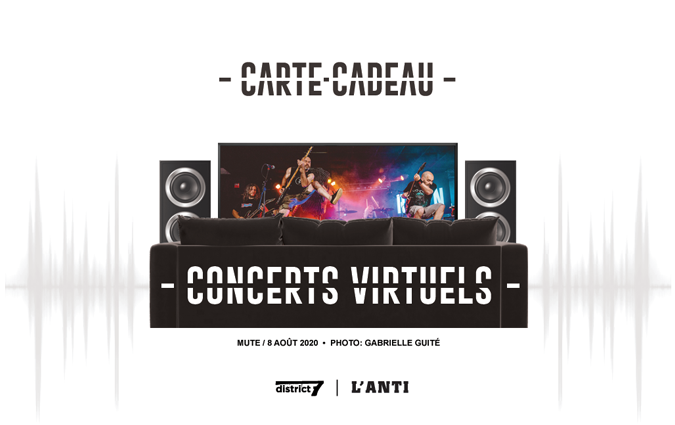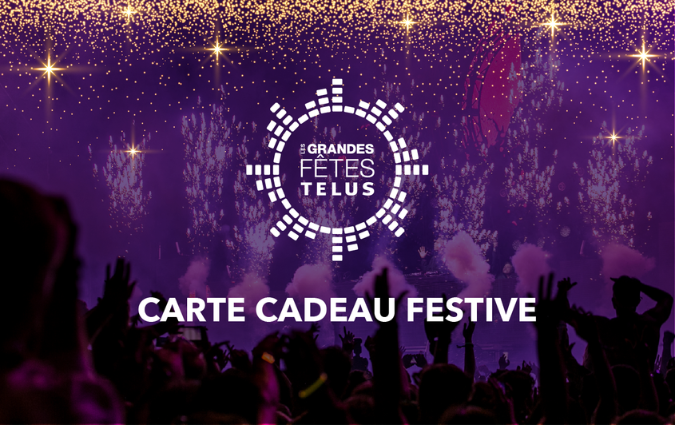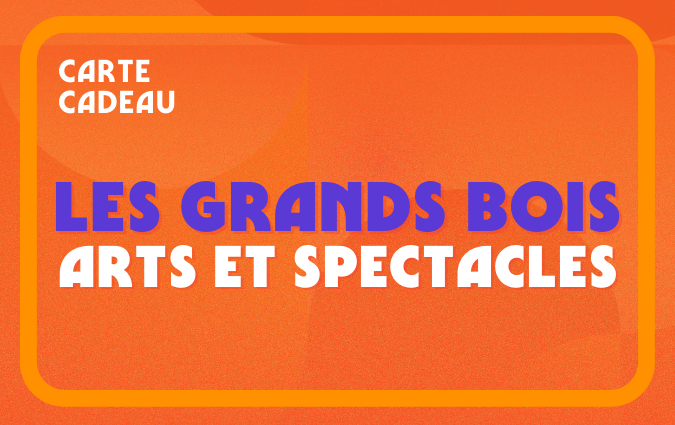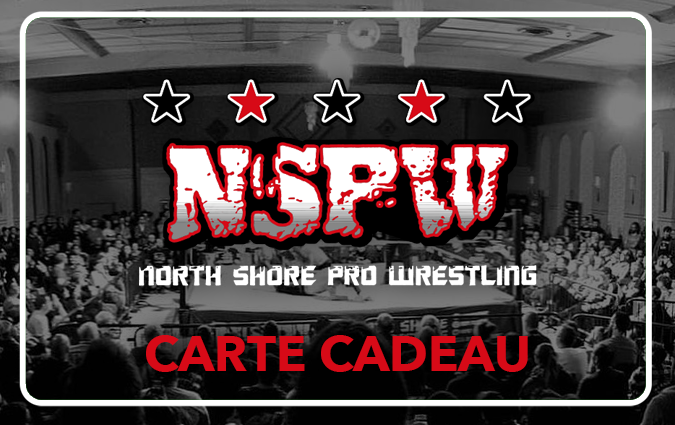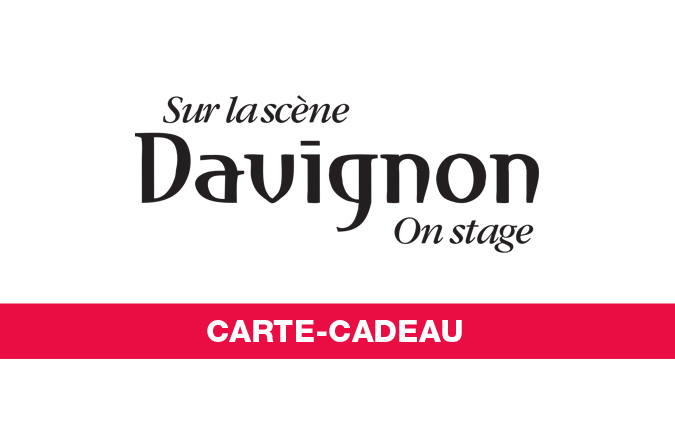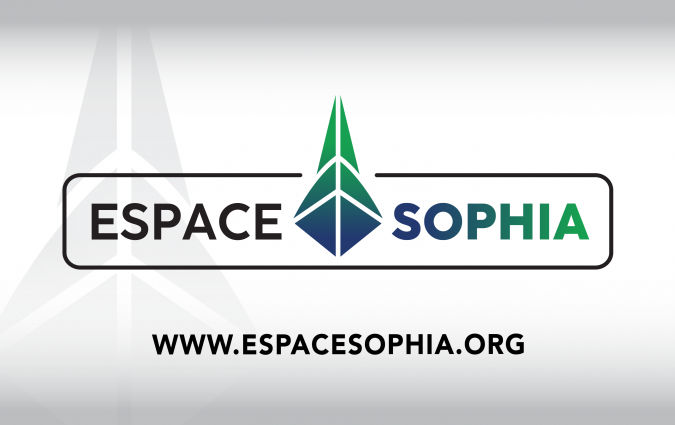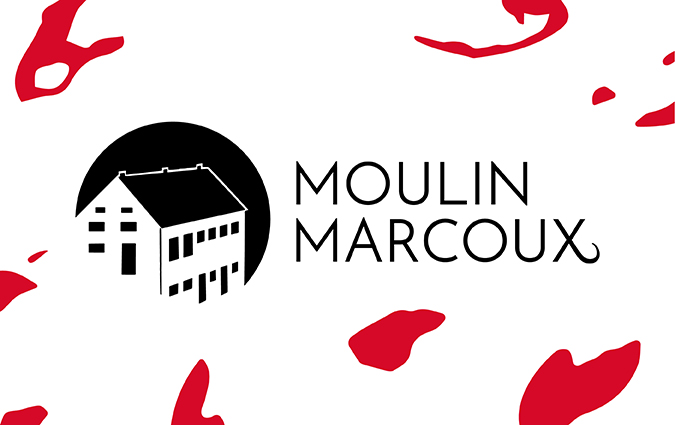
DHRUPAD - SONS PRIMORDIAUX
Partagez cet événement
Pour plus d’information à propos de cet événement, veuillez contacter l’organisateur de l’événement, Centre Culturel Kabir, à info@centrekabir.com.
Achat de billets
Dhrupad represents the oldest classical music tradition in India. It traces its roots back to the vedic hymns and it gradually developed into an independent artistic form with its own complex grammar. Sung in temples in earlier times, it made great strides in popular appeal under the patronage of the moghul and the rajput kings. The Dhrupad style of singing necessitates the practice of Nada Yoga. By the various techniques of yoga, the singer increases the internal resonance of the boday and succeeds in making the sound resonate by guiding it from the naval to the head. This enables the singer to use a wide range of subtle tonalities and microtones. A Dhrupad concert begins with the Alap, which represents the slow development of the Raga, using the melodic models which are free-flowing. The elaboration of the Alap is through the syllables of the mantra 'Om antaran tvam, taran taaran tam, ananta Hari Narayan Om' , which means 'Oh Lord, lead me on from darkness to light'. The phrases of the Alap are very slow and contemplative in the beginning, but the tempo rises progressively leading to more rapid passages and vigorous ornamentations. The Alap presents an entire range of human emotions: Serenity, compassion, sensuality, pathos, strangeness, anger and heroism. The Alap is followed by a composition with rhythmic improvisations and is accompanied by a drum named Pakhawaj (which is the ancestor of Tabla). In this kind of music, the notes are not treated as fixed points, but as fluid entities infinite microtonal colours. The music is profoundly spiritual and meditative and is a form of adoration.
Dhrupad represents the oldest classical music tradition in India. It traces its roots back to the vedic hymns and it gradually developed into an independent artistic form with its own complex grammar. Sung in temples in earlier times, it made great strides in popular appeal under the patronage of the moghul and the rajput kings. The Dhrupad style of singing necessitates the practice of Nada Yoga. By the various techniques of yoga, the singer increases the internal resonance of the boday and succeeds in making the sound resonate by guiding it from the naval to the head. This enables the singer to use a wide range of subtle tonalities and microtones. A Dhrupad concert begins with the Alap, which represents the slow development of the Raga, using the melodic models which are free-flowing. The elaboration of the Alap is through the syllables of the mantra 'Om antaran tvam, taran taaran tam, ananta Hari Narayan Om' , which means 'Oh Lord, lead me on from darkness to light'. The phrases of the Alap are very slow and contemplative in the beginning, but the tempo rises progressively leading to more rapid passages and vigorous ornamentations. The Alap presents an entire range of human emotions: Serenity, compassion, sensuality, pathos, strangeness, anger and heroism. The Alap is followed by a composition with rhythmic improvisations and is accompanied by a drum named Pakhawaj (which is the ancestor of Tabla). In this kind of music, the notes are not treated as fixed points, but as fluid entities infinite microtonal colours. The music is profoundly spiritual and meditative and is a form of adoration.
Heures d'ouverture
UDAY BHAWALKAR
Uday Bhawalkar est l’une des figures phares du genre musical « dhrupad » et sa présence contribue à cette reconnaissance croissante et populaire.
Le Dhrupad est l’une des plus anciennes formes de musique du nord de l’Inde et Uday a su en conserver ses nuances majestueuses et subtiles.
Il développe un style unique, profondément imprégné du « ras » (saveur) et du « bhaav » (émotion) propres au raga.
Cela apporte une mélodie créative enrichie d’une intonation précise, propre à ce style musical.
Uday consacre plus de 12 années à étudier et à vivre dans la tradition « guru-shishya parampara » auprès d’Ustad Zia Fariduddin DAGAR (vocaliste) et Ustad Zia Mohiuddin DAGAR (instrumentiste-Rudra-veena), les imposants piliers de la tradition Dhrupad.
Durant cette période, ils lui permettront de parfaire une concentration simple et complète sur le son et la musique elle-même.
Dans cette relation intime, les « Ustads » lui donneront volontairement leur connaissance, lui apportant le sens profond du « raga » et un état complet d’intégrité.
La particularité de son style, fait qu’il est capable de communiquer avec toutes sortes d’audiences.
Depuis sa première performance à Bhôpal en 1985, Uday a participé à de nombreux festivals et évènements tant en Inde, qu’à l’étranger : Europe, USA, Canada, Mexico, Singapour…


